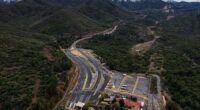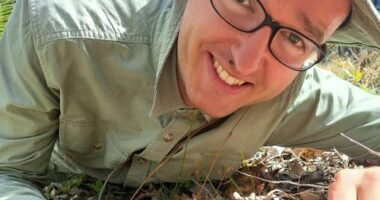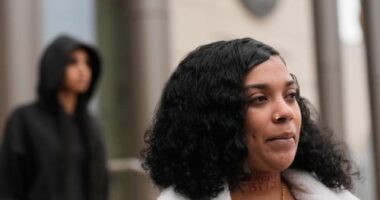Share this @internewscast.com
This year marks the 25th anniversary of the Yolŋu festival, hosted on Gumatj Country at the revered site of Gulkula.
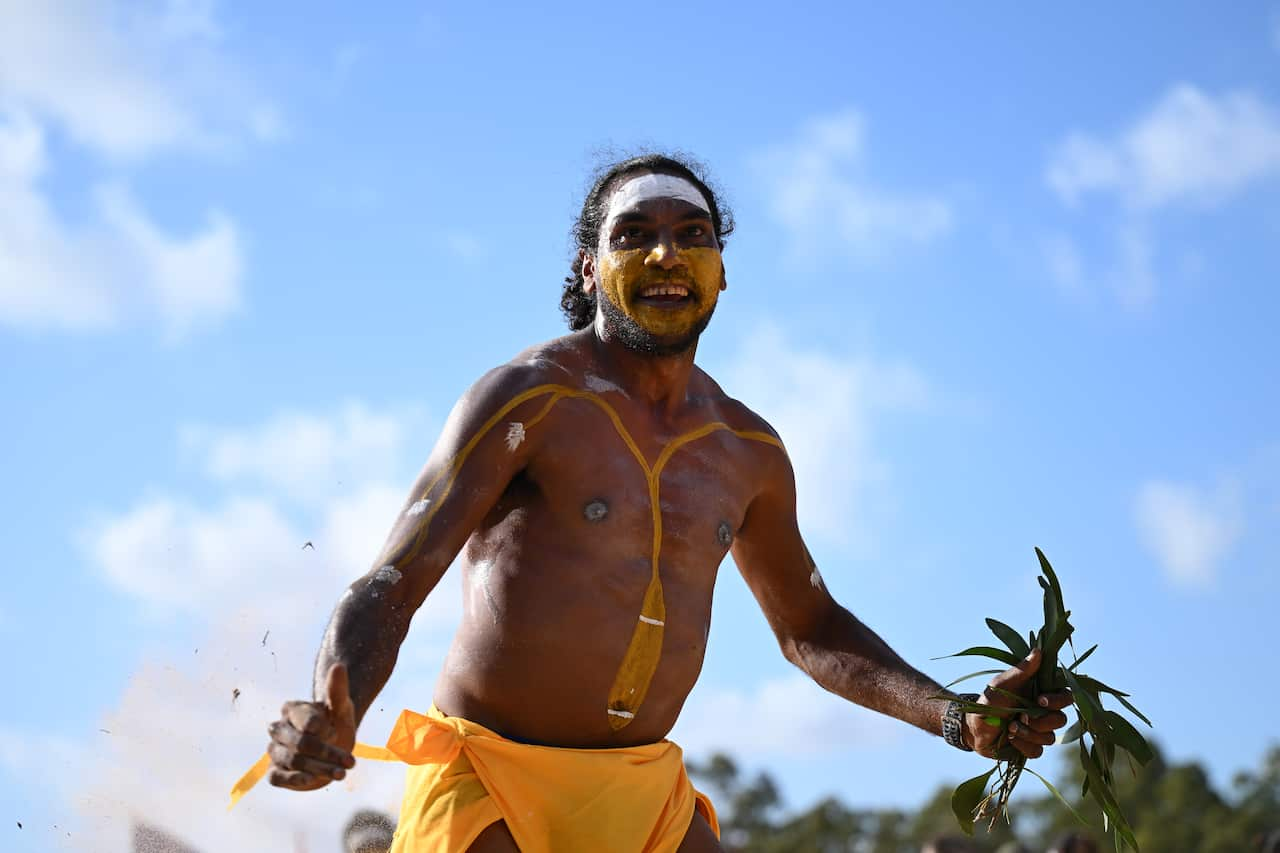
Cedric Marika passionately preserves his culture and heritage. He performs traditional dances to ensure the culture thrives for future generations. Source: AAP / JAMES ROSS/AAPIMAGE
A summit of political leaders, business and local community, it’s a chance to discuss opportunities and challenges, and to set an agenda for the coming year.
During the evening Buŋgul (ceremony), the festival grounds resonate with the yidaki’s deep tones, as dancers from the community showcase the cultural highlights of Garma Festival.
Leading the Gumatj clan, which is his maternal lineage, in the Buŋgul, Marika gracefully embodies the essence of cultural dances such as the Emu Dance, with his arms confidently poised behind him, or the Mosquito Dance, mimicking the annoyance of insects with rhythmic body slaps.
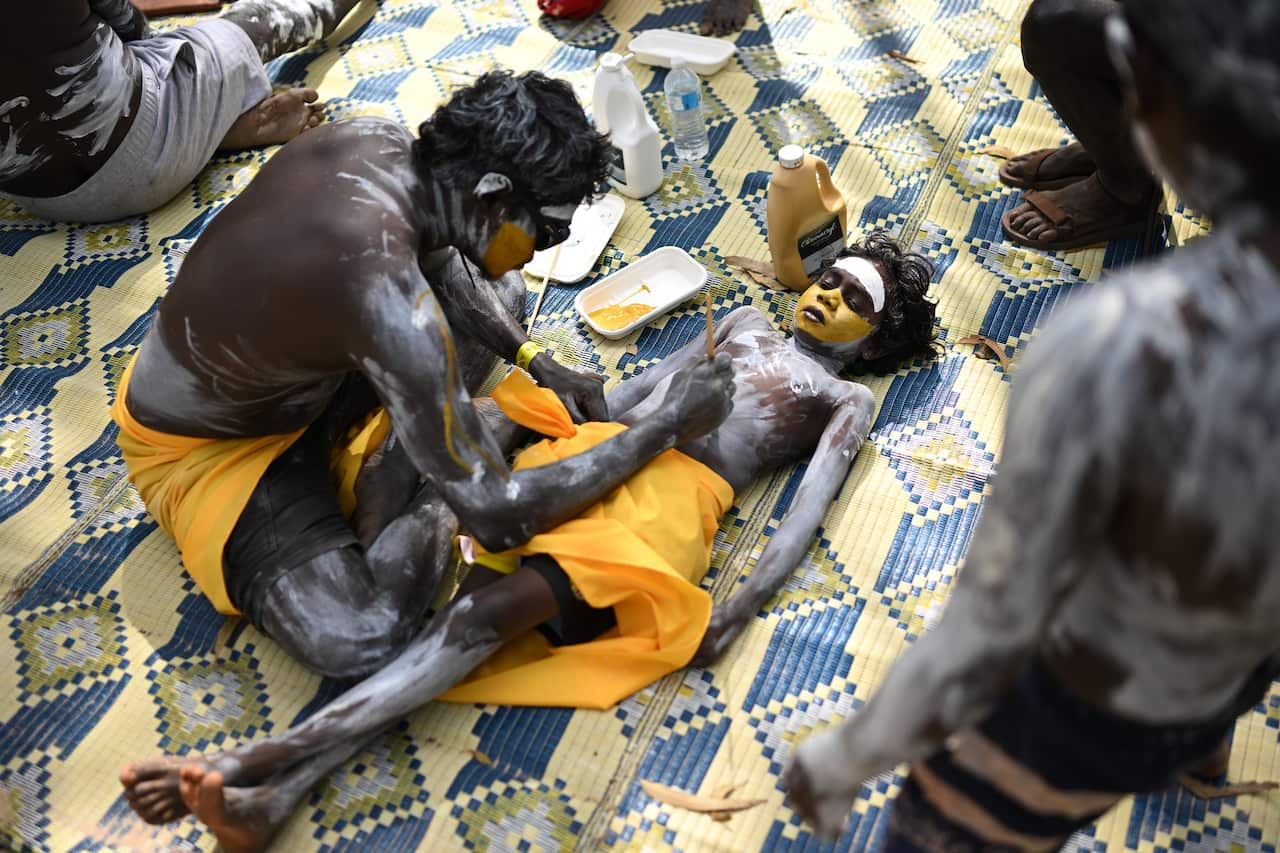
Members from the Gumatj clan of the Yolngu people from north-eastern Arnhem Land prepare for the Buŋgul. Source: AAP / JAMES ROSS/AAPIMAGE
Marika describes the feeling of dancing in simple terms.
“In an Aboriginal scale of values, a man worthy of a doctorate would … be an artist – the hunter would help to feed the artist.”
A consistent element of Garma is the Yothu Yindi Foundation’s drive for increased economic opportunities in the area, alongside a desire to protect cultural traditions.
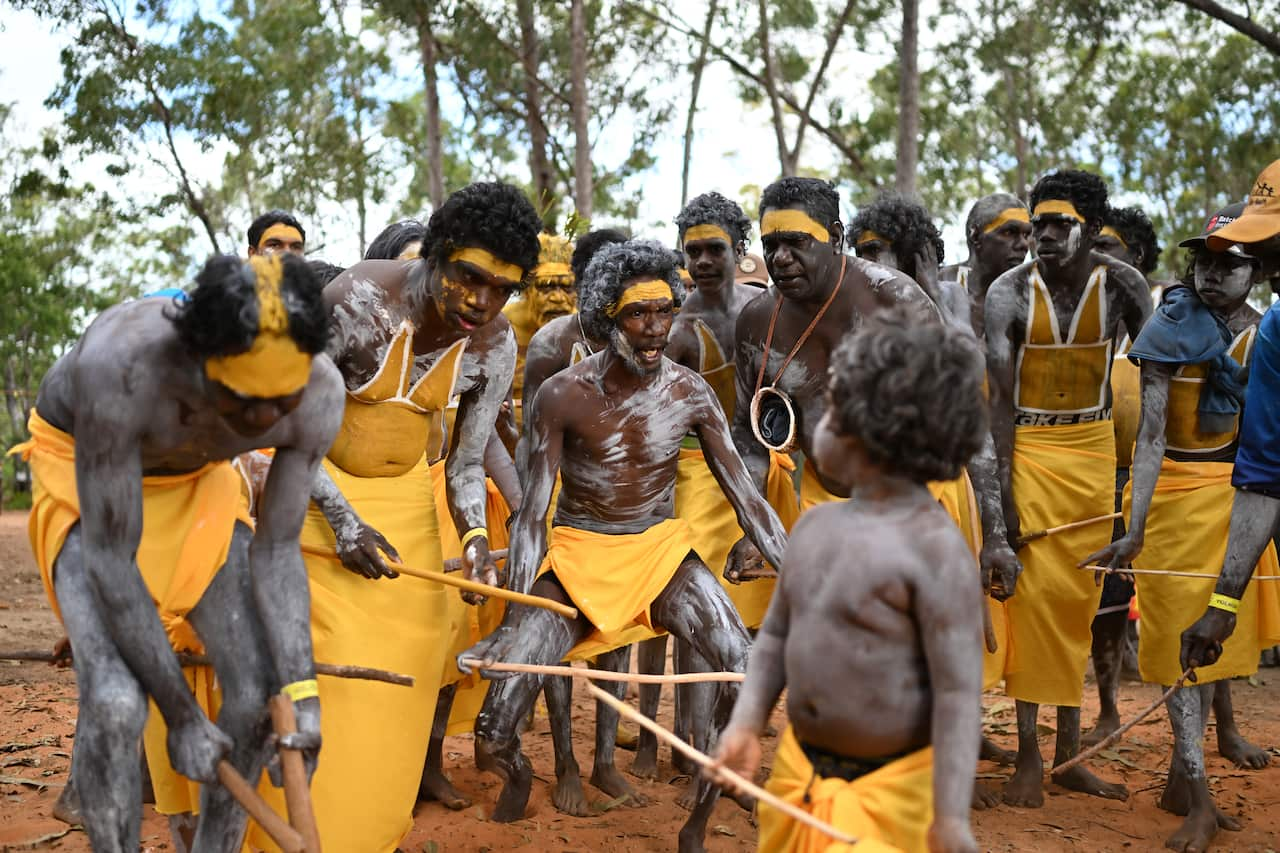
Both elders and youth contribute to the Bunggul. In its 25th iteration, the festival has witnessed the growth of infants into community leaders. Source: AAP / JAMES ROSS/AAPIMAGE
The opportunities some digital innovations may provide can’t come at the risk of a loss of culture.
“There’s a lot of opportunities for the younger ones to step in.”
